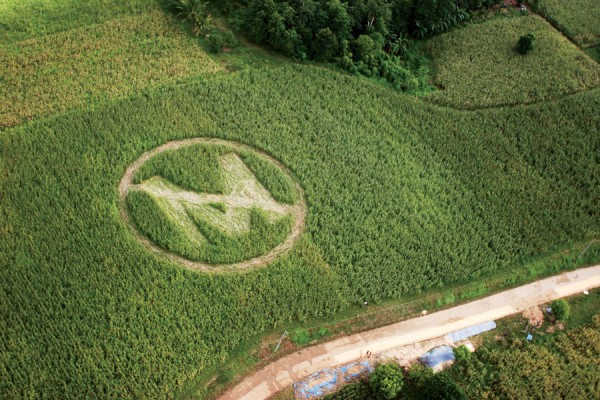Amateur archaeologist decodes messages hidden in cave art inscriptions
01/13/2023 / By Kevin Hughes

An amateur archaeologist has deciphered what experts dubbed as “the first known writing in the history of Homo sapiens.”
British newspaper the Times reported that 67-year-old furniture restorer Ben Bacon has spent his nights examining photographs of cave paintings. In the course of his examination, Bacon managed to decipher code inscriptions that appear in at least 400 caves throughout Europe.
The inscriptions dating from the Ice Age have puzzled scientists since being found nearly 150 years ago. But according to the Cambridge Archaeological Journal (CAJ), Bacon’s hobby led to the “first specific reading of European Upper Paleolithic communication.”
The said inscriptions, present in more than 600 images found throughout caves in Europe, show a history of information and references to a calendar in place of recorded speech. The sequences of dots, shapes and other markings appear beside drawings of species such as reindeer, wild horses, fish, bison and extinct cattle called aurochs. (Related: Man and his dog: A new discovery of carved rock images showing dogs on leashes are estimated to be 9,000 years old.)
The CAJ article outlining Bacon’s findings said paleolithic hunter-gatherers would store information about the animals they needed to kill for sustenance by means of the drawings. They used codes to describe the animals’ breeding cycle, according to the lunar cycle that starts in spring.
For instance, a line or a dot would mean months – so four dots or lines would represent the fourth month after the start of spring. A symbol representing the letter Y was used to mean “to give birth,” and its position between the dots or lines would suggest a due date.
Findings can change people’s understanding of prehistoric hunters
The London-based Bacon spent numerous hours of his free time looking at examples of cave paintings and examining data to decode what the markings meant. He then approached academics with his theory, which they urged him to pursue. The furniture restorer then went on to collaborate with professors from Durham University and University College London (UCL).
According to Bacon, the discovery had the power to change people’s understanding of Stone Age communities.
“The signs are actually a scientific observational database of information that they build up over many years and sometimes decades,” he told the Times. “They’ve conventionally been thought of as superstitious people who try to use hunting magic to kill animals.”
Durham professor Paul Pettitt said Stone Age hunters sharing knowledge of their preys’ breeding season would have been important because it meant huge herds of animals could be forming. He added that their findings proved that Ice Age hunter-gatherers were the first to use a systematic calendar and inscriptions to record information about major ecological events.
UCL honorary professor Tony Freeth, meanwhile, said he was stunned when Bacon approached him with his “underlying idea that the numbers of spots or lines on the animals represented the lunar month of key events in the animals’ life-cycles.”
Employing the birth cycles of similar animals today as a reference, the team composed of Bacon, Pettitt, Freeth and two others concluded that the marks were a record of when the animals were breeding.
Discoveries.news has more stories about new discoveries in different fields around the world.
Watch this video explaining why the Altamira cave paintings in Spain took more than 20,000 years to finish.
This video is from the Kim Osbøl – Copenhagen Denmark channel on Brighteon.com.
More related stories:
Prehistoric skull tells researchers that man needed meat in order to thrive.
Ancient human remains unearthed in Ethiopia older than previously thought, reveals study.
Sources include:
Submit a correction >>
Tagged Under:
ancient calendar, ancient history, animal breeding cycles, Ben Bacon, breakthrough, cave inscriptions, cave paintings, decoding, discoveries, history, hunter gatherers, lunar calendar, lunar cycle, prehistoric hunters
This article may contain statements that reflect the opinion of the author





















